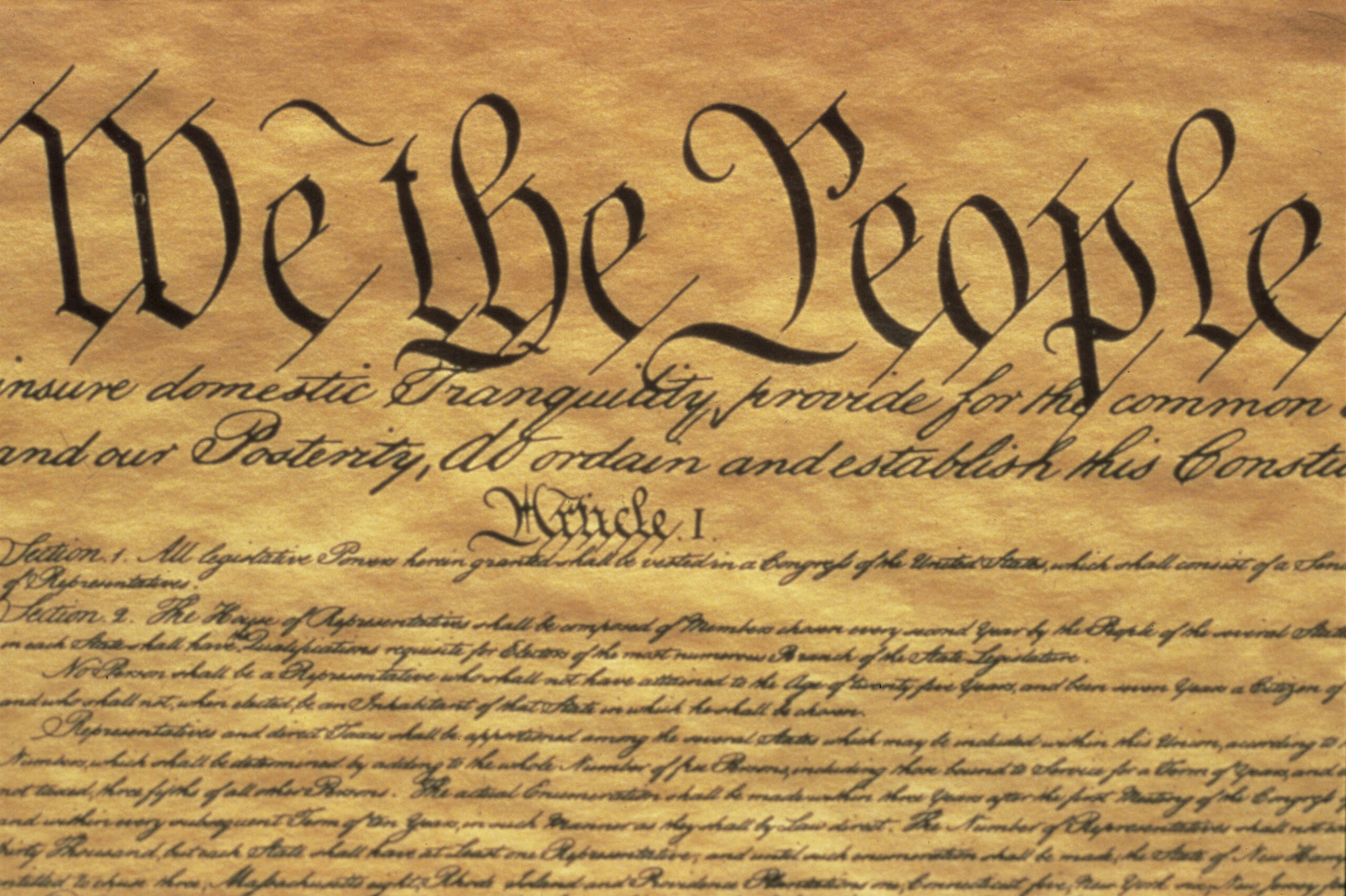The public’s confidence in the mass media – newspapers, magazines, television, and radio – is at its lowest level since 2016, Gallup reported in October. Thirty-nine percent of Americans registered no trust in the media to deliver the news fairly, fully, and accurately – the highest level Gallup said it’s ever recorded – though 32% said they did trust the mass media “a great deal” or “a fair amount.”
The problem is rooted in a larger cultural change where anyone with a cell phone arguably can consider themselves a journalist or influencer. In fact, they may relish thwarting any established norms, such as the procedures of fair, full, and accurate news reporting. So there’s no one answer to this problem, and it is only natural that confusion as well as distrust surrounds the work of journalists.
Still, traditional journalism organizations can take steps to generate greater trust in their important work or at least slow the decline of that trust. Along with the elements I included in this essay in The Catalyst: A Journal of Ideas from the Bush Institute, one step is for newspapers, magazines, and television and radio broadcasts to clearly distinguish between news and opinion. Then, Americans may be able to better understand the two different parts of journalism and have more faith in the information they consume through traditional media, primarily newspapers.
The distinction isn’t clear
Unfortunately, the distinction between news and opinion isn’t clear to enough Americans. Just 14% of American high schoolers could distinguish between fact and opinion, according to a 2018 report from the Program for International Student Assessment.
Similarly, a 2018 Pew Research Center survey found gaps between groups of Americans in their ability to distinguish news from opinion. News organizations bear part of the responsibility here; Pew discovered a difference between those who are politically aware, easily navigate the digital world, and trust news organizations and those who do not fit into those categories.
Respondents were asked to distinguish between five factual statements – described as those that objective evidence can prove or disprove – and five opinion statements. Encouragingly, most Americans answered the sets of questions more correctly than not. But most Americans performed only slightly better than they would have making random guesses, Pew reported. What’s more, “sizable portions got most wrong.”
Here are some results:
- 21% answered three of the five factual statements correctly.
- 19% got three of the five opinion statements right.
- 28% answered two or fewer of the factual statements correctly.
- 22% got two or fewer of the opinion statements right.
Being able to distinguish between fact and opinion matters for many reasons, not the least of which is that news and information comes at us fast each day and without ceasing. For our own sake, as well as for the health of our democracy, it pays to know the difference.
How news organizations can help
The Wall Street Journal does a good job in this video describing the difference between news and opinion. News is about information, reporting, and explaining. Opinion is about ideas, responding, and debating.
The former comes together daily, the Journal says, “through the highest standards of rigorous and impartial reporting.” The latter flows out of the newspaper’s editorial board and adds to public debate through their principles of free people and free markets.
Drawing a sharp distinction between the two functions preserves the independence of each. The distinction also protects against a bias in reporting and allows for a robust debate about public affairs.
I spent 22 years on the Dallas Morning News’ editorial board, and our delineation was similar. The news and editorial departments even occupied separate floors while I worked there. Our department, which produced daily unsigned editorials, operated off a philosophy that reflected the values of the newspaper’s editorial board and informed our commentaries.
The news department wasn’t part of the discussions about local, state, national, and international issues that our editorial board held nearly every day. Whenever newsroom reporters sat in on an editorial board newsmaker interview, such as with the mayor or governor, the editorial page editor would clarify at the outset that the reporter was there to represent the newsroom, not the editorial department.
Being able to distinguish between news and opinion is particularly crucial whenever newspapers endorse or recommend candidates for office. Newspaper recommendations no longer have the same impact in presidential races, as they did before television and then social media became dominant. Still, they matter in local and even state races.
Those recommendations do not reflect the newspaper’s reporters but rather the values of the institution of the paper, its management, and the editorial board. And those decisions are made after exhaustive interviews with candidates from both major parties and sometimes lesser parties. (Here is a link to the current Dallas Morning News editorial board. Acknowledgement: I am a contributing columnist for the paper but am no longer part of the editorial board.)
The television model
To be sure, I am only talking about newspapers here. The greater confusion is likely to come when Americans turn to the larger market of television, particularly cable news.
The major cable stations have found a market in anchors and hosts representing or voicing a particular point of view. That model is likely to continue until consumers demand a change. Until that happens, cable stations should make it clear that panelists on, say, election night represent a party or a particular point of view. And viewers need to practice news literacy, understanding when they are consuming news and when they are digesting opinions.
Viewers largely understand the difference between news and opinion on local television, a 2018 American Press Institute study found. That’s encouraging. And this explainer from KVUE-TV in Austin, Texas, provides a guide.
I particularly like the part about being skeptical if a host or reporter “spouts off on a topic.” If they are spouting off, the station needs to clearly delineate the host is voicing his or her opinion. WFAA, Channel 8 in Dallas, used to do that with popular former sports anchor Dale Hansen, terming both his sports and non-sports commentaries as Dale Hansen Unplugged.
My interest in delineating the difference between news and opinion is not so much for the health of news organizations, but rather to strengthen trust in the news media. If Americans believe they can rely on the information they consume, we are more likely to strengthen trust in our democracy.
That is the ultimate goal.
































